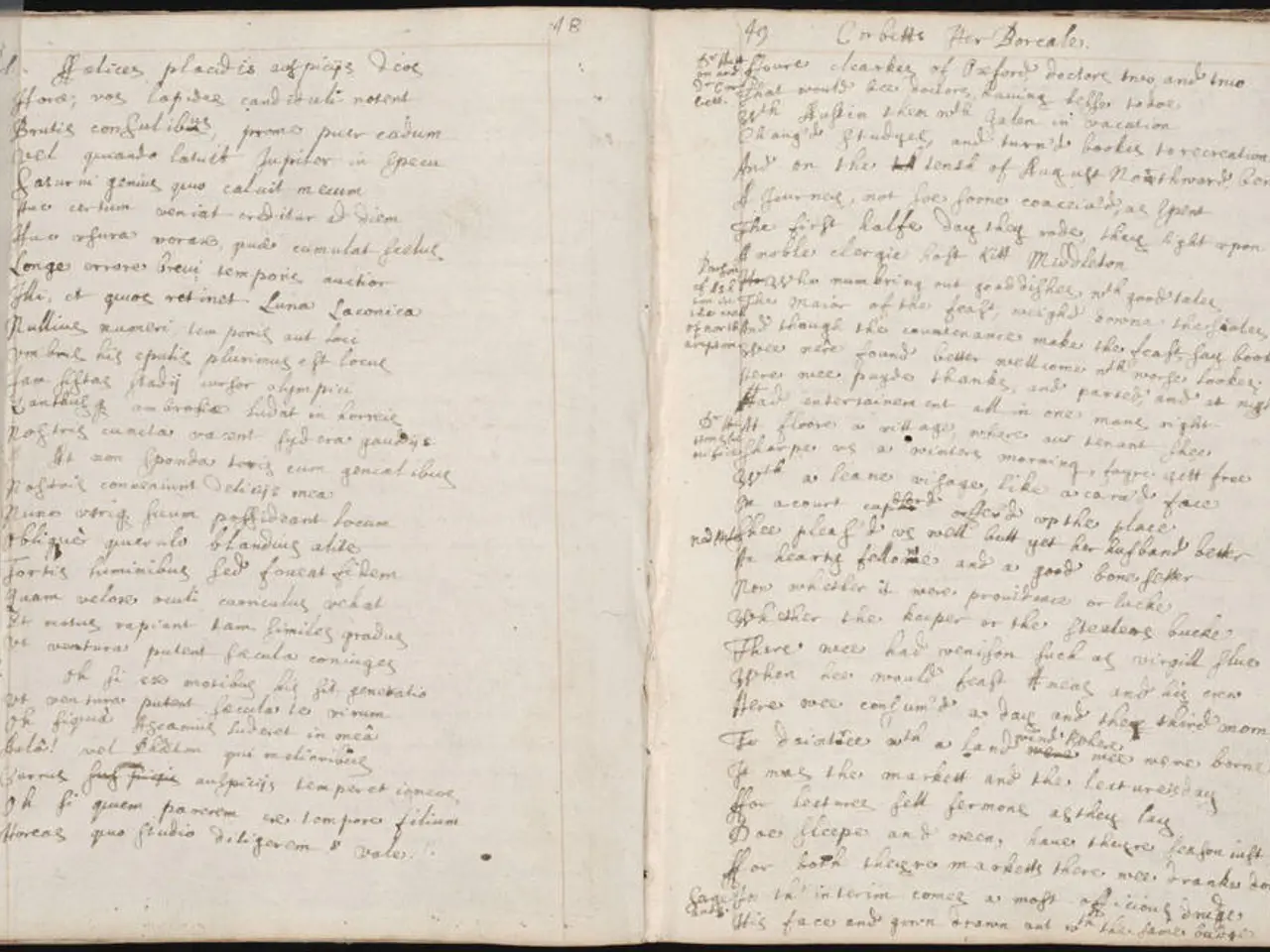Unveiling the Burden of Past Events
In a small town, Uncle Doober has been elected as the new Mayor, and Gramma Grundy is under suspicion for poisoning him. This intriguing story could potentially make for an engaging movie, but it also serves as a lesson in effective storytelling, particularly in managing backstory.
Josh Langston, a graduate of Georgia State University with a degree in journalism, shares insights on this topic. Langston, who has two short story collections in Amazon's top 100 for genre fiction, has shifted his writing tastes away from reportage and now publishes fiction in various magazines and anthologies.
When it comes to self-publishing, managing backstory is crucial. Many self-published books may lack the polish of traditionally published ones, but this doesn't mean they are of poor quality. Amazon's print-on-demand service has made self-publishing economically feasible and relatively easy. However, it's important to remember that most novels submitted to agents, editors, and publishers aren't print-worthy and need significant work to become readable.
The worst writing sin for beginning writers is dumping excessive backstory on readers. Common signs of overuse of backstory include large chunks of backstory interrupting the narrative flow, starting the story too early or too late due to excessive backstory, rushing to the conclusion after long backstory segments, and scenes that serve mainly to dump information rather than advance plot or reveal character.
To effectively manage or eliminate excessive backstory, writers can integrate it gradually through dialogue, character actions, or subtle hints instead of large info dumps. They can begin the story close to the core action, avoiding prologues or opening chapters that function mainly as exposition. Rewriting and getting feedback can help identify which backstory elements are essential and which slow down the narrative. Backstory should only be included if it is absolutely necessary and can be sprinkled in as needed.
In the case of Uncle Doober's election and Gramma Grundy's alleged poisoning, focusing on significant events like these is key. Eliminating unnecessary backstory, such as Uncle Doober's bowel issues or Gramma Grundy's use of self-rising flour, is not important to the story. This practice is easily recognizable and makes an editor wonder if the writer has ever read a novel.
By balancing backstory so it enriches without overwhelming, writers can ensure it serves the story and maintains reader engagement. This is a valuable lesson for anyone considering self-publishing, whether it's a small-town drama or a grand adventure.
[1] https://www.writersdigest.com/writing-fiction/how-to-write-a-novel-the-writers-digest-guide-to-fiction-novel-writing [2] https://www.writersdigest.com/writing-fiction/how-to-write-a-novel-the-writers-digest-guide-to-fiction-novel-writing [3] https://www.writersdigest.com/writing-fiction/how-to-write-a-novel-the-writers-digest-guide-to-fiction-novel-writing [4] https://www.writersdigest.com/writing-fiction/how-to-write-a-novel-the-writers-digest-guide-to-fiction-novel-writing
- Josh Langston, a journalist and short story author, suggests that when self-publishing, it is important to carefully manage backstory to avoid overwhelming readers, as this could potentially make self-published books comparable in quality to traditionally published ones.
- In the process of writing a novel, focus should be placed on integrating backstory gradually through dialogue, character actions, or subtle hints rather than large info dumps, and starting the story close to the core action to maintain reader engagement, as effective storytelling is key even in self-published books.








